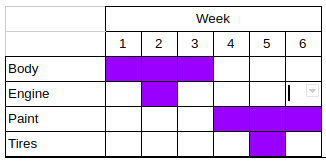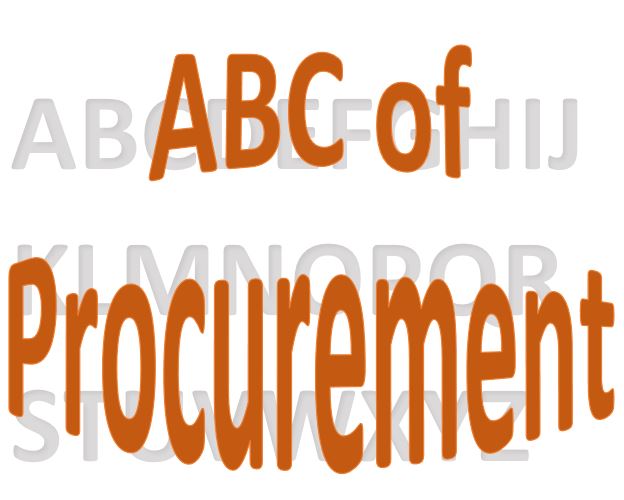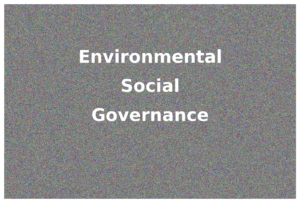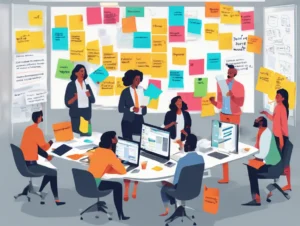Now you may ask yourself:” What has the critical path method to do with procurement?” And you may be right. The Critical Path Method (or CPM) is a project management tool. Yet, I use it very often in my day-to-day procurement.
Critical Path Method – the definition
As you will read in the sources, the origin of CPM dates to the 1940-ties and the Manhattan project. The HBR article I have attached is from 1963. Seems CPM is here for quite some time already, and it is still widely used.
There are two definitions we have to tackle before moving on. Firstly, the Critical path method. And secondly the Critical path.
The Critical Path method is, as per projectmanager.com
“… a scheduling procedure that uses a network diagram to depict a project and the sequences of tasks required to complete it, which are known as paths”
and HBR defines the Critical path as
“a means of determining (2) which jobs or activities, of the many that comprise a project, are “critical” in their effect on total project time, and (2) how best to schedule all jobs in the project in order to meet a target date at minimum cost.”
And the practical application in procurement
OK, so how this now works in real life?
Let us take a simple hypothetical procurement example. Our company assembles a car from the below 4 components that they receive from subcontractors
- The body. It requires 3 weeks to have it ready for the next step
- The engine. It can be inserted into the body in week 2
- Paint, which requires 1 week to be applied, and 2 more to dry
- Tires, that can be assembled as soon as the paintwork is done

This is a very basic Gannt chart but will do the work. From here we can see that:
- It will take 6 weeks to have the car ready for delivery. This is the Critical Path
- If the body is not in the factory, the work will not start
- The engine or tires can be a week late, it will not affect the production time
- We need the engine in week 2, the paint in week 4 and tires in week 5 from the start of the job
From here we can immediately see what we need to focus on. and also what is our second priority. Furthermore, if we have storage space constraints, we will for sure not fill it with tires and not leave any space for engines.
Now imagine a project where the duration extends over multiple months or even years. Here timing becomes even more important. Not only that we will arrange the items when we need them, but we will also spread the delivery to match the need. You can read more about project procurement here.
As you can see, the CPM is a very handy method for delivery time management. It is very visual and helps us not to forget anything. The second reason we need to learn how to read a Gantt chart is the fact that all project managers use it. So when they share it you can understand where, when and what is required in the different phases of the project.
I usually don’t make them very detailed and try to stick to the basics. And I always leave a bit of reservation, in the case something goes wrong. Usually, we will negotiate and fix the price and then tell the vendor the estimated delivery time. Once we are sure everything is on track, the LPO will be sent with the exact delivery date. This helped many times as projects change during its life and we need to keep the flexibility to adapt.
If you want to learn more about Gannt charts, just Google them. In the sources is as well a web page where you can for free download a Gannt Chart template.




Pingback: Procurement vs. Warehouse – war or cooperation? -